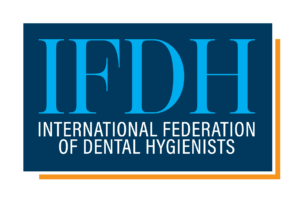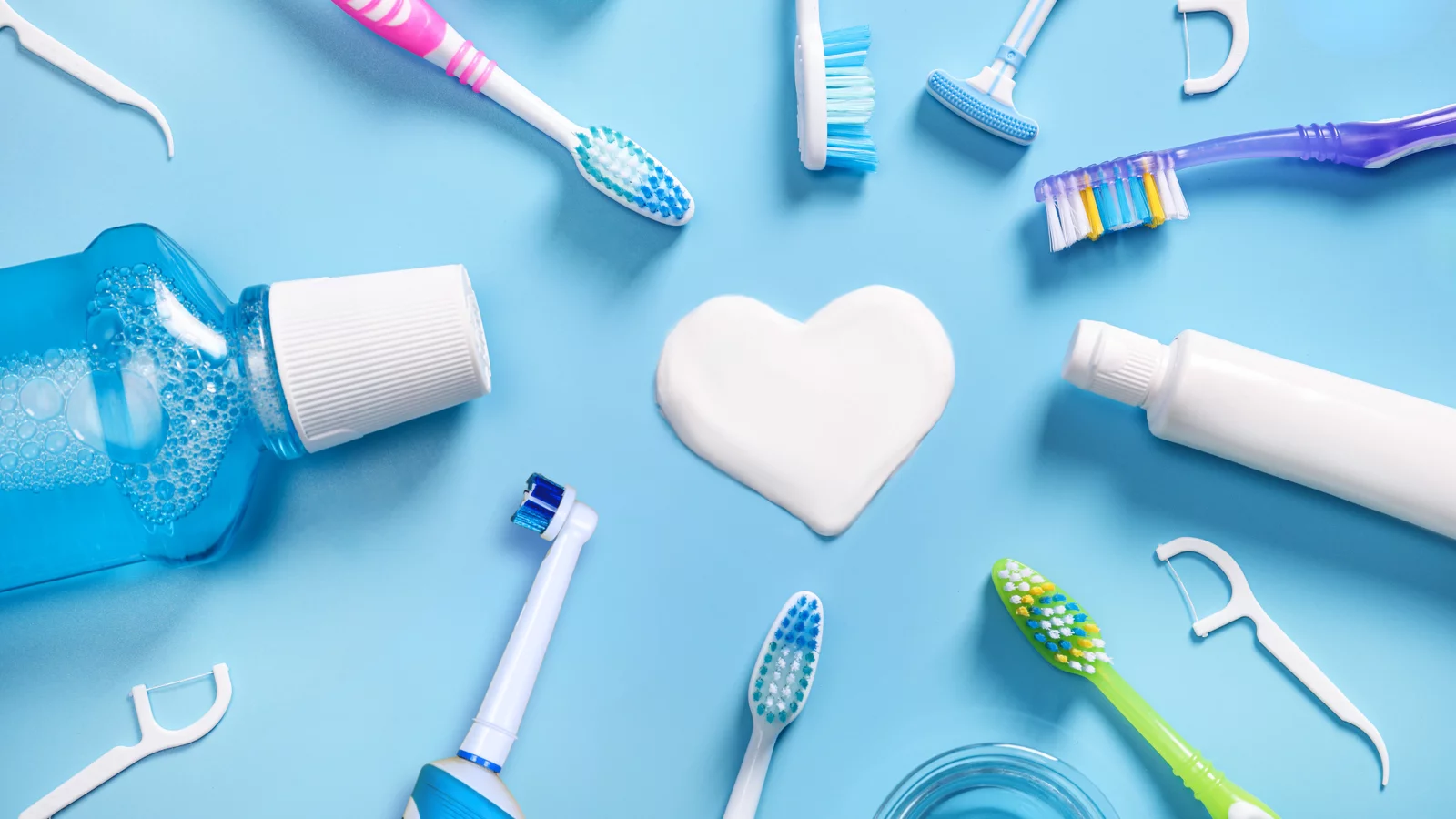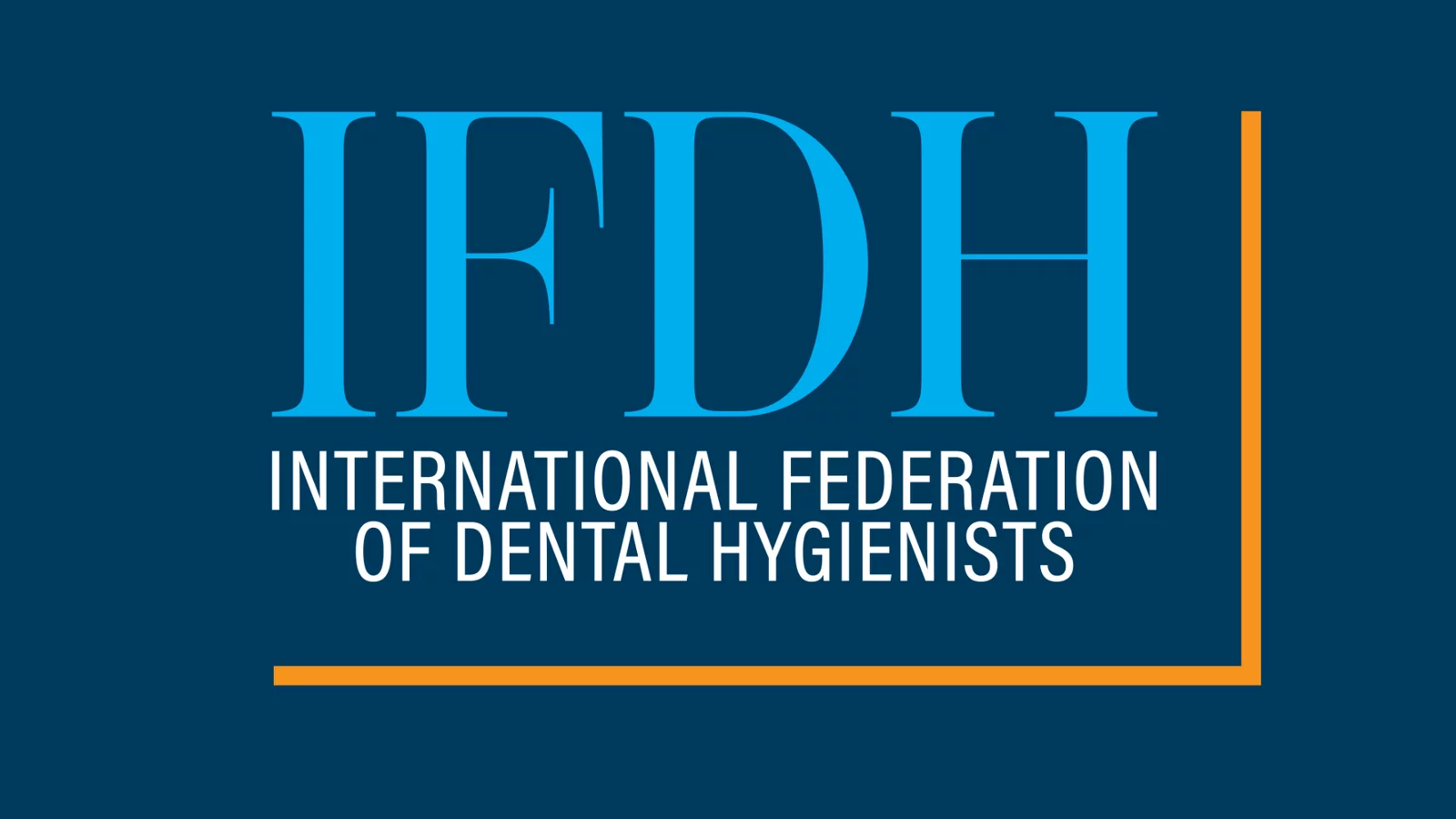By JoAnn Gurenlian, RDH, MS, PhD, AAFAAOM, FADHA
November 8, 2023
 The International Federation of Dental Hygienists conducted five global surveys related to dental hygienists’ preventive self-care recommendations. The five preventive focus areas included toothpastes, electric toothbrushes, oral-systemic link, sustainable dentistry, and oral hygiene instruction. Data obtained was used to formulate a white paper to identify strategies to improve periodontal health and overall health and contribute to sustainable dentistry.
The International Federation of Dental Hygienists conducted five global surveys related to dental hygienists’ preventive self-care recommendations. The five preventive focus areas included toothpastes, electric toothbrushes, oral-systemic link, sustainable dentistry, and oral hygiene instruction. Data obtained was used to formulate a white paper to identify strategies to improve periodontal health and overall health and contribute to sustainable dentistry.
Findings from the survey of 34 member associations were interesting. For example, in the Toothpaste Survey, 58% of respondents believed that “all fluorides provide similar benefits”, which is contrary to current evidence demonstrating that stannous fluoride provides additional benefits beyond caries protection while other fluorides do not. Only 41% revealed they use peer-reviewed journals as a resource for making toothpaste recommendations signaling a knowledge gap in the use of peer-reviewed journals as a resource for product recommendations. Similarly, in the Electric Toothbrush Survey, only 52% reported using peer-reviewed journals as resources for clinical decision-making regarding electric toothbrush recommendations. These findings signal a call to action to examine evidence-based clinical recommendations.
In terms of the Oral-Systemic Link Survey, there was strong agreement that there are links between oral health and systemic diseases and that regular biofilm management with toothbrushing is important for systemic disease reduction. However, using antimicrobial toothpastes to control biofilm regrowth was viewed as extremely important by only 25% of respondents while as little as 16% believed using an antimicrobial rinse was extremely important for systemic disease reduction. These findings present opportunities for further education.
The concept of sustainable dentistry was not familiar to respondents. Only 22% were either very familiar or extremely familiar with this idea although more individuals from Europe were familiar with sustainable dentistry than from North America.
In terms of the Oral Hygiene Instruction (OHI) Practices Survey, respondents reported spending 5 to 10 minutes on OHI per patient with the most common practices involving demonstrating proper techniques, giving product samples to take home, and making recommendations for home care products. Only 64% reported regularly making product recommendations that are evidence-based.
Given these findings, the IFDH recognized that most oral care recommendations are not made based on current evidence and a refresher on evidence-based decision-making was needed. The white paper includes a call to action to use the best available evidence to provide for more effective and efficient outcomes. The paper summarizes available evidence related to electric toothbrushes, interdental brushes, stannous fluoride toothpastes, and antimicrobial oral rinses. In addition, the paper discusses the need to address strategies to motivate patients, such as the Motivational Interviewing Model and the COM-B Model, so they follow clinician recommendations and have more intentional versus passive OHI.
The following four actions were recommended:
Action: As part of routine patient education discussions, clinicians should inform patients of the evidence supporting the superiority of electric toothbrushes over manual toothbrushes. Additionally, they should inform them of the differences between the efficacy of the various toothbrush technologies, based on the evidence. This would directly address the gaps identified in the toothbrush survey. In-office trial toothbrushes allow patients to experience electric toothbrushes, helping to improve compliance with recommendations.
Action: Clinicians, as part of their routine patient education discussions, should inform patients of the superiority of stannous fluoride toothpastes compared to other fluoridated toothpastes, based on the most current evidence.
Action: Dental hygienists should familiarize themselves with the literature regarding these various behavior change models and select one that they are most comfortable with. Then, allocate sufficient appointment time to employ their selected model with their patients and follow their progress.
Action: Use strategies such as motivational interviewing or the COM-B model or other psychological tools to identify what motivates the patient. Once this is identified, setting goals with the patient and following up with their progress can ensure success.
To read the full white paper by IFDH, access it here.
____________________________________
This article summarizes the research white paper “Evidence-based self-care recommendations matter: Findings from IFDH global surveys” as published online by the International Federation of Dental Hygienists, October 2023. (https://ifdh.org/wp-content/uploads/2023/10/IFDH-White-Paper-FINAL-2023.pdf)
JoAnn Gurenlian, RDH, MS, PhD, AAFAAOM, FADHA, is the ADHA Director of Education, Research and Advocacy, professor emerita in the Department of Dental Hygiene at ISU, and former president of the American Dental Hygienists’ Association 1990-1991.


